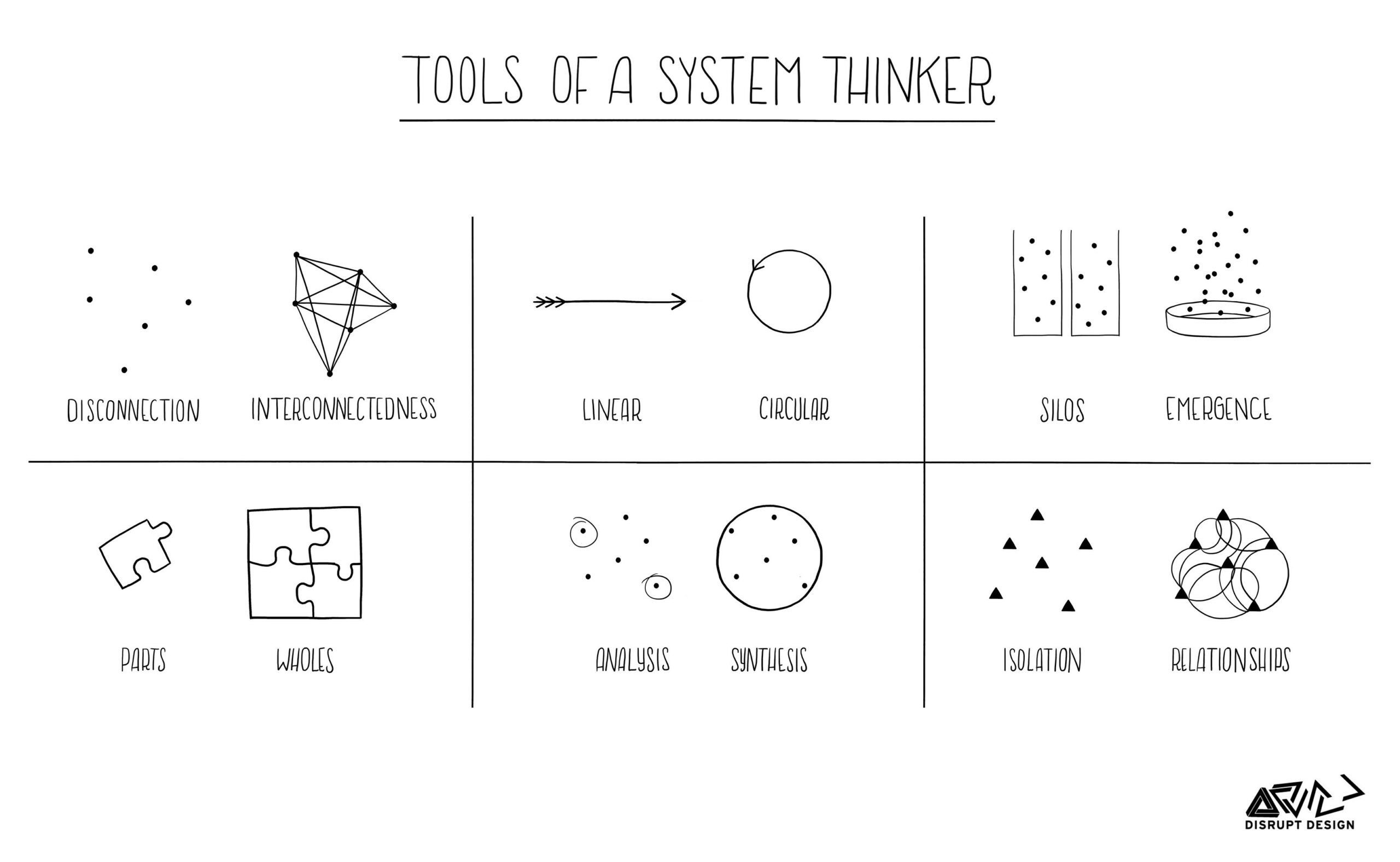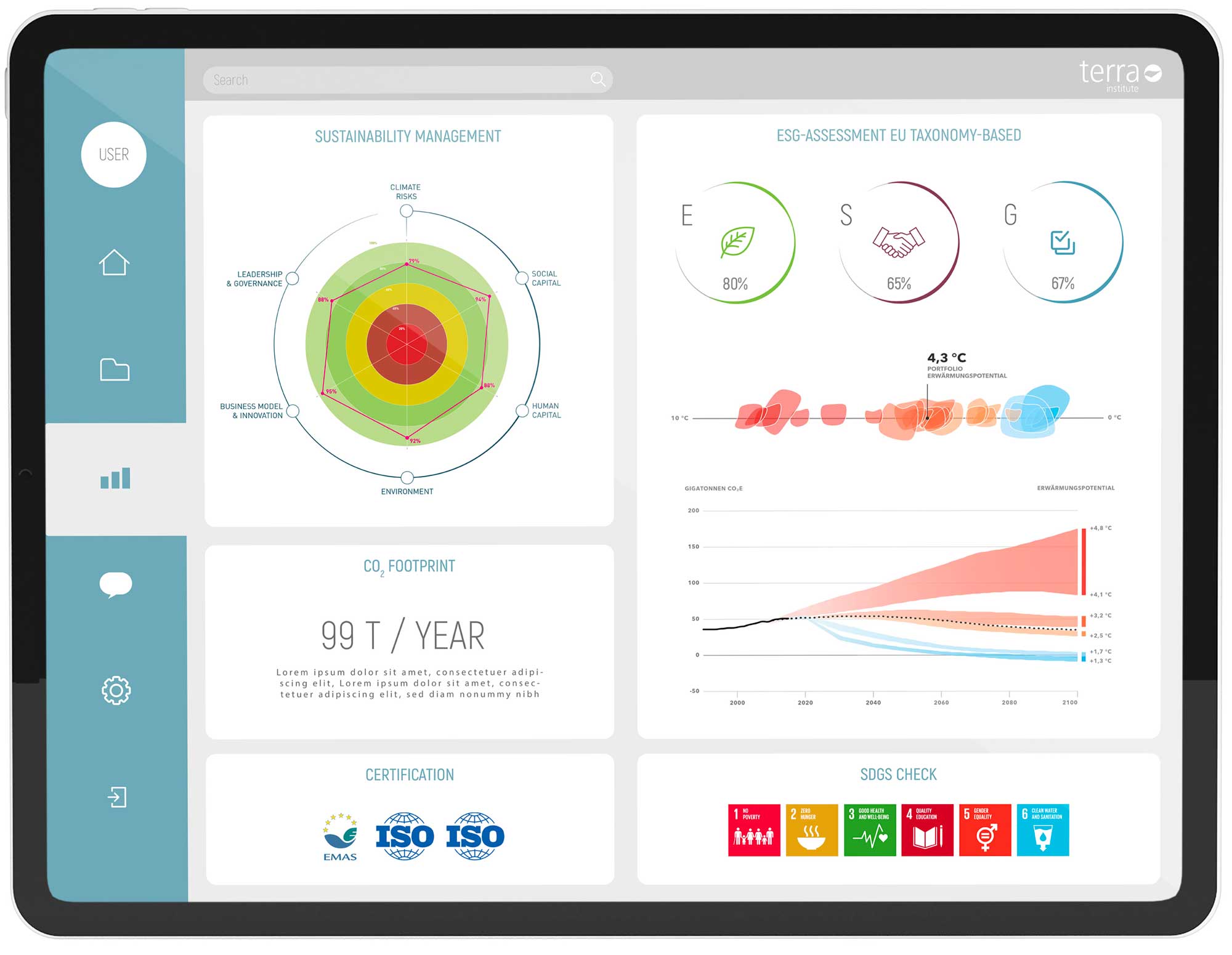If you want to transform your company, you need a concrete and precise action plan to get things moving. To achieve your goals, you should think SMART: set SMART goals in your sustainability strategy!
Why do we need a sustainability action plan?
To achieve sustainability goals effectively and efficiently, every organization-regardless of industry or size-needs a plan. A sustainability action plan is a strategic document that outlines how you will achieve your sustainability goals over time. This action plan serves as a roadmap for embedding Environmental, Social, and Governance (ESG) principles into an organization. Specific measures and initiatives that contribute to sustainability are planned and implemented. This is especially important if you have set ambitious targets (e.g., achieving net zero emissions). Set SMART goals in your sustainability strategy!
How do we get started?
- START WITH YOUR VISION.
What are the organization’s long-term sustainability goals? What are your values? - RISK ASSESSMENT
A sustainability approach should consider both the relevant potential risks to the company and the risks posed by the company itself. In your risk assessment, consider both the inside-out and outside-in perspectives. Evaluate all potential risks and include the relevant aspects in your action plan (e.g., carbon emissions, social justice, corporate governance, employee awareness, etc.). - PERFORMANCE
After adding the relevant risks, analyze the aspects of your performance where you are below average or underperforming compared to the previous benchmarking period. It should be clear that you can only manage what you measure. A well-structured and coherent process of data measurement is essential for a transforming company. If you are not yet tracking, measuring, and analyzing your consumption and greenhouse gas emissions, you should use carbon calculator software or join a certification program such as EarthCheck to measure your monthly/yearly performance and identify areas that need improvement. Beginners will first start by measuring Scope 1 and 2 emissions. Where do you have the greatest leverage? Be very precise and break down the emissions as much as possible. This way, you can track and measure your process and success much better, and it is also much more motivating for the team. The so-called “quick wins” help to maintain motivation! - TARGET SETTING
What do you want to achieve, by when, why, and how? This is where SMART goals come into play!
Action plans are often required documents in certification processes or sustainability development frameworks. However, action plans are just documents, and the success of their implementation depends on us. So, what is the secret to making a plan a useful tool rather than an unnecessary source of bureaucracy? The secret lies in planning SMART goals, which help us concretize our intentions and show us the path to their realization. That means: Set SMART goals in your sustainability strategy! But what does SMART mean?
- Smart
To set a goal, you must first analyze the current situation, its weaknesses, and strengths. Since you cannot manage what you cannot measure, it makes sense to define indicators that quantify current sustainability performance and to collect data for these indicators. If possible, it is always best to have time series data available to evaluate trends. If we know the trends, we can assess whether they are conducive to our goal or not, and thus decide whether we need to take action to counteract them, or whether we can go along with them and benefit from them. This initial phase of investigating the status quo enables us to define a specific goal and thus achieve the first letter of our SMART goals.
- sMart
Knowing the specifics of the current situation and the time series, it is possible to set a quantitative and thus measurable goal. It is important to set a measurable goal because this allows us to check whether and how close we are to achieving the goal. Furthermore, working with measurable goals enables a clear verification of whether the goal has been achieved, and is therefore also the best method to announce results without greenwashing.
- smArt
If your goal is part of a larger strategy that develops over several months or years, it is necessary to break it down into several smaller goals and monitor their achievement step by step.
- smaRt
A goal is good if it aims to improve the current situation, but a goal that is too ambitious risks becoming unattainable and thus useless. For a goal to be realistic, you must consider the resources available to you, namely: time, financial, human, and technological resources. This point is closely linked to the analysis of the specifics of the situation and the goal itself. It is better to set a smaller goal that can actually be achieved than a goal that can never be reached.
- smarT
For a goal to be put into practice, a date must be set by which it is to be achieved, as well as a timeframe in which the individual measures are to be implemented.
5. RESPONSIBILITY
After you have set SMART goals, someone must take responsibility. Find the most enthusiastic and passionate team member and give them the authority to direct actions. The responsible person becomes a “green leader,” feels honored, and is committed to achieving this goal.6. MEASURE
Set intermediate goals and check the degree of goal achievement in between, for example every month. If you wait until the due date, it might be too late to take corrective action.7. DOCUMENT
Document your activities and measures and collect evidence. A sound documentation process is not only required for legal reasons or for verification, but also helps future team members to understand and follow the process. This enables continuous improvement and learning processes, because you learn not only from successes, but also (and especially) from failures.8. WALK THE TALK – COMMUNICATION
Once you have achieved a sustainable goal (and if you can prove it), talk about it! Spread the word among your internal and external stakeholders. Talk about your successes, your ongoing initiatives, and support other companies in achieving their sustainable goals. Become an expert and multiplier for sustainability and #walkthetalk.

Sarah studied International Tourism Management (BA) and Health Management in Tourism (MA) and started her career after several stays abroad in Australia and Asia at a thermal hotel in the Ötztal. After the trainee program, Sarah took over the management of the spa. In 2021, she moved to Brixen and found a new fulfilling challenge as a Relationship Manager at EarthCheck. At Terra Institute and EarthCheck, Sarah can combine her passion for sustainability with her profession and meaningfully shape the future of tourism. Sarah is mainly responsible for all EarthCheck members in Europe, the Caribbean, and all Kempinski Hotels. Sarah is a certified mental and fitness trainer.










